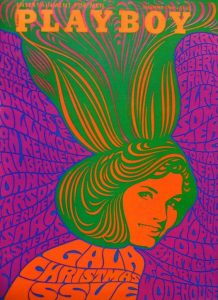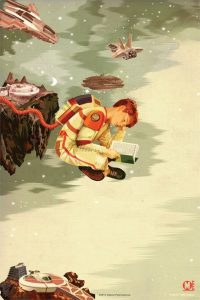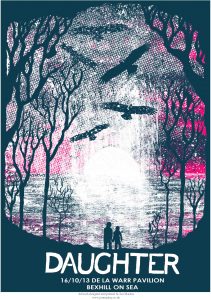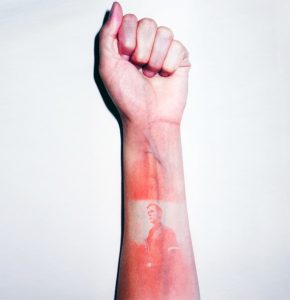Research and Communications has shown me a variety of different aspects of all four pathways, whilst incorporating interesting and pivotal aspects of modern design and art history. Not only this, but to delve into the aspects of different art movements, and to see how artists of the time used art to respond to propaganda from war or to express their political views was eye-opening.
Because of the research and knowledge that has accumulated over the last few months, it has allowed me to further stretch my interests of different designers,illustrators and art movements within the design industry world, and how they have also influenced those working in the present day.
I previously already had an interest in illustration, being particularly interested and drawn to designers such as John M Mackay, who I further researched and analysed within week 2. This project was wholly in my comfort zone, because I was faithfully writing about artists who I had previously touched upon during my a levels.
Within week 5, when looking at counter culture, I became very interested in the prints of Hapshash and the Coloured Coat. The colour schemes in which the collaboration used to create psychedelic pieces was intriguing. I found how they used metallic inks within their work to add a sense of depth and beauty to their work an interesting concept. I thought this could be quite interesting within my already 70s themed zine. I felt that the incorporated or even inspiration of Hapshash’s colour schemes and use of repetitive patterns would really emphasise how my illustrations were meant to have a 70s look and feel to them. I thought adding touching of metallic gold to the front cover of the zine could look interesting, as well as using loose movement in shapes to fill my backgrounds, adding a slightly peculiar look to the whole product.
Not only did Hapshash influence my illustration rotation, but I began to edit my photography in a particular way that uses a limited colour scheme and shapes to reconstruct a portrait using two colours and black. I chose carefully what colours I wanted to use because one portrait in particular, a key element to the piece of work was a bleeding nose, which I did not want to be lost within the block black. When looking at how colour and particular shapes can represent and communicate to the viewer a particular emotion or viewpoint within post-modernism, I remembered how Basquiat and Haring used colours and basic shapes to connote to the audience a message. Within Basquiat’s work he used limited primary colours to draw the viewer into the central part of his King Alphonso piece. I did the same by using red to represent the blood.
Overall, research and communications has helped me develop furthermore as a designer because I have been opened up to new movements within the art world, and how they have influenced design in the present day to connote and communicate messages in simplistic ways.



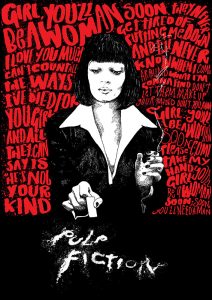
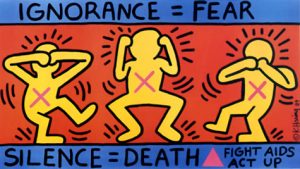
 Basquiat’s “King Alphonso” really interested me, once again, because of it’s limited colourscheme. The use of purely primary colours mixed with child-like fluidity to the drawings really drew me in. I found it interesting how Basquiat used colour only in the centre of the piece of work, which your eye is after you see the huge signature crown in which has become essentially a signature for Basquiat, which is seen as a sign for greatness, ‘Even if no one else sees it, he’s a king in his own right.’
Basquiat’s “King Alphonso” really interested me, once again, because of it’s limited colourscheme. The use of purely primary colours mixed with child-like fluidity to the drawings really drew me in. I found it interesting how Basquiat used colour only in the centre of the piece of work, which your eye is after you see the huge signature crown in which has become essentially a signature for Basquiat, which is seen as a sign for greatness, ‘Even if no one else sees it, he’s a king in his own right.’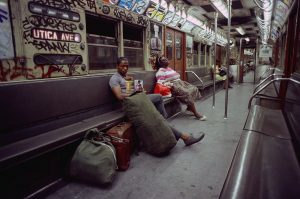
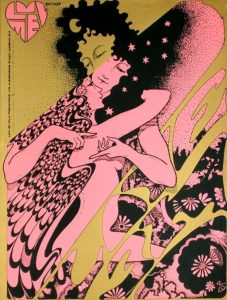 Rebellion was a crucial key to the counterculture movement, “summarised in (embracing) an alternative lifestyle characterized by…, brightly colored clothes, communal living, free sex, and rampant drug use”. The art created represented this hedonistic yet antipathy towards politics
Rebellion was a crucial key to the counterculture movement, “summarised in (embracing) an alternative lifestyle characterized by…, brightly colored clothes, communal living, free sex, and rampant drug use”. The art created represented this hedonistic yet antipathy towards politics 